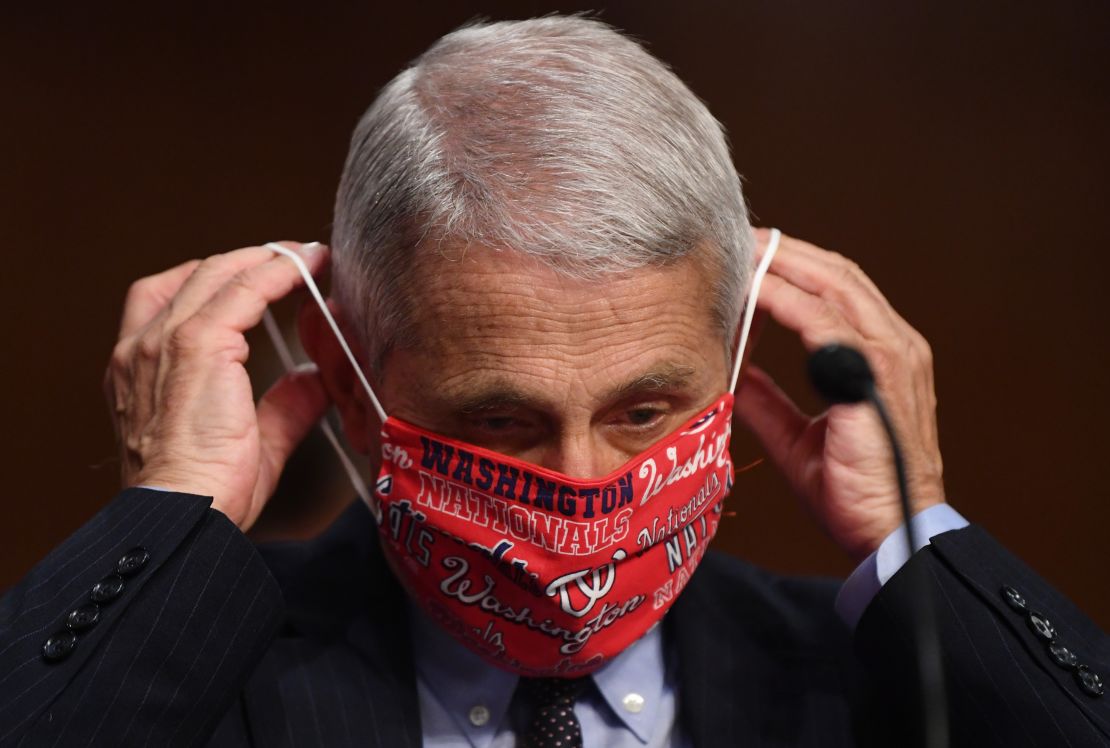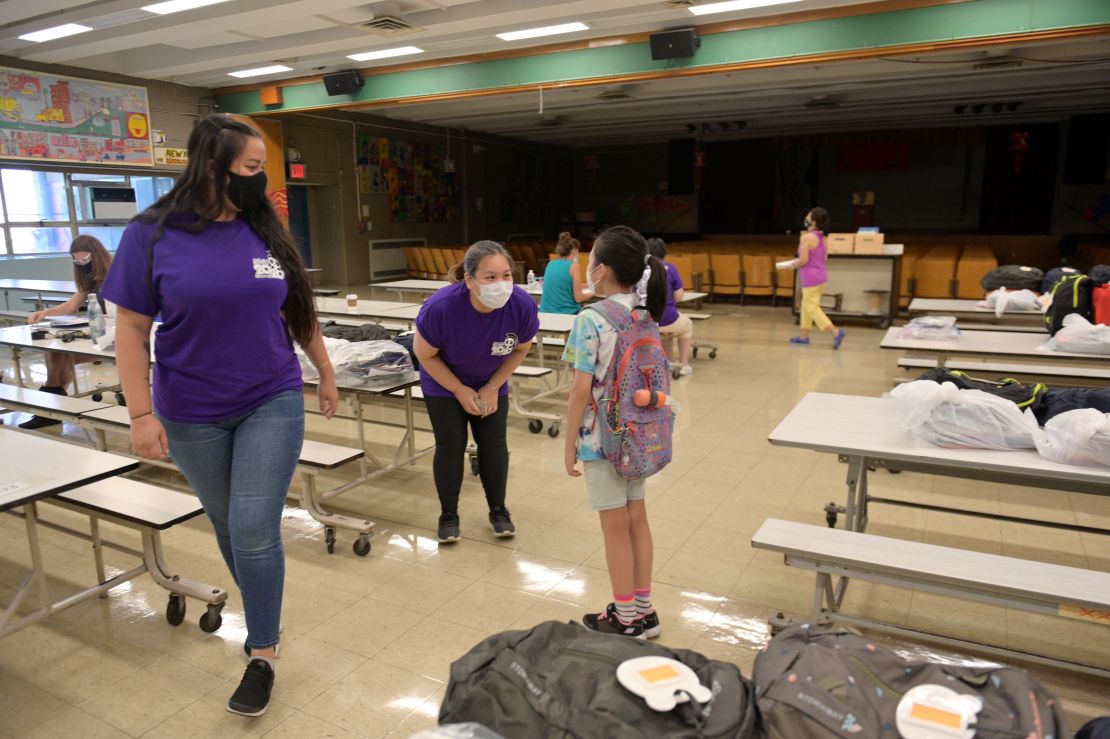Coronavirus is surging around the country just as many school districts are trying to finalize what classes will look like for 56 million students in the new academic year.
A month ago, many states were opening up. Now they’re pausing or even rolling back. The uncertainty of how and where the virus will move is forcing schools to make multiple plans so they can stay flexible just a few weeks before the start of the 2020-21 year.
What you need to know about coronavirus
Arizona Gov. Doug Ducey has pushed its start date for in-person schools back to August 17 as it emerges as one of the current hotspots, but that doesn’t solve things for the state’s Superintendent of Public Instruction, Kathy Hoffman.
“What Arizona’s numbers will look like by August 17th remains unclear,” Hoffman tweeted. “But one thing is for certain: if efforts are not taken across the entire state to curb the spread of this virus, our schools will only continue to face complications in re-opening their facilities.”
In California, State Superintendent Tony Thurmond is also watching the spikes as he makes plans for his 6.2 million students and 360,000 teachers. “We’ll be ready for either scenario: in-person or staying in distance learning,” he told CNN.
That kind of flexibility is supported by experts including Dr. Anthony Fauci, director of the National Institute for Allergy and Infectious Diseases, who on Tuesday called for states to not rush through reopening protocols.

“It really will depend on the dynamics of the outbreak in the particular location where the school is,” he told Sen. Lamar Alexander when asked what his advice to school superintendents would be. He said the goal was always to have in-person education, but there had to be options.
“Always make the goal that it is very important to get the children back to school for the unintended negative consequences that occur when we keep them out of school,” he said.
The American Academy of Pediatrics said this week that many children were already suffering because of school closures.
“Lengthy time away from school and associated interruption of supportive services often results in social isolation, making it difficult for schools to identify and address important learning deficits as well as child and adolescent physical or sexual abuse, substance use, depression, and suicidal ideation,” the group said.
It added that schools were probably not greatly amplifying the spread of Covid-19 and that children are less likely than adults to become extremely ill.
But Randi Weingarten, president of the American Federation of Teachers, said the health of staff in schools had to be considered too. She said schools in areas with outbreaks would have to change their plans to reopen.
“And if they don’t change their plans, we will take aggressive action to try and make them change their plans, because the health and safety of our students and staff are paramount. And people have a legal right and a moral right to those kinds of protections.”

Pressure to reopen schools is not just about education – it has an impact on the broader economy by freeing up parents to return to work.
“There’s no reopening the economy if kids are not in school,” said Joseph Allen, assistant professor at the Harvard T.H. Chan School of Public Health, and the lead author of a new report on risk reduction strategies for reopening schools. “And if that means deprioritizing other aspects of the economy, for example bars or restaurants, that may be what certain regions have to do.”
He agreed that schools trying to open would likely need the flexibility of modified schedules along with some distance learning and protocols for cleaning, distancing and wearing masks.
But that lengthy menu of options is posing challenges for some who are trying to create policy at a statewide level.
Alabama State Superintendent of Education Eric Mackey said there were widely varying ideas of how schools should look, even from community to community.
“One jurisdiction it is under 5% and another jurisdiction it is about 80% or more of parents saying they intend to keep their children home,” he told CNN. “So you can see how it’s so difficult to do a statewide plan.”
Daniel Domenech, executive director of the American Association of School Administrators, was a school superintendent for 27 years and knows how much staff, parents and children just want answers.
“There’s the pressure from the community and the staff for the plans to be released,” he said. “But releasing plans at this point with so many unknowns is what makes it such a difficult process.”
CNN’s Bianna Golodryga and Yon Pomrenze contributed to this story.





